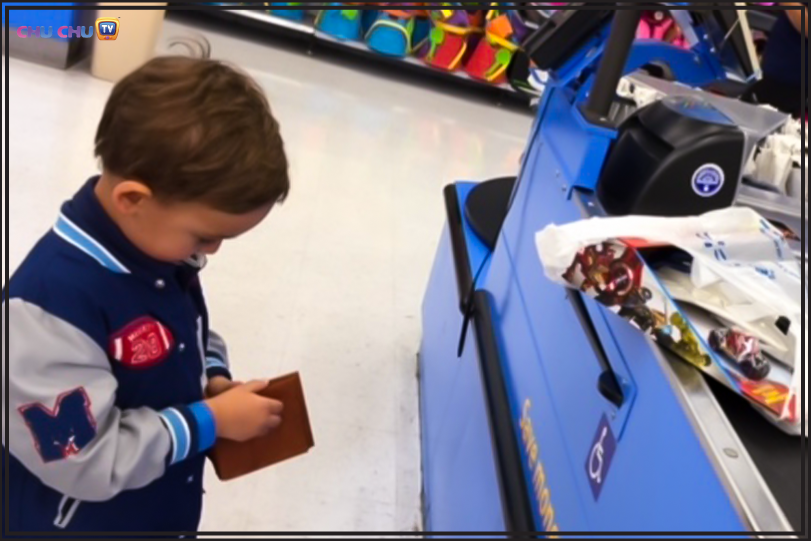Household conversations generally vary, from everyday living to sports to other trivial matters. Most households do not actively discuss finance to their children, thus creating a virtual gap in their knowledge of the same. Finance is amongst the most important aspects of our adult lives. By teaching finance to your kids, you help them understand the value of money and how beneficial it is to manage money effectively. Lecturing kids about finance is futile since it doesn’t equal to information retention. But discussions, on the other hand, make them feel involved and likely interested.
It helps to teach kids about finance at an early phase, in fact, it can start right from when they are in kindergarten. Financial lessons are not science or math lessons to be taught out of textbooks. This requires patience and the use of practical examples, as a result helping them to understand it unmistakably. This would help your child in making financial decisions on his own, as he grows up into a young adult.
The first step in teaching finance to kids is to make them understand the concept of money. This is an essential and difficult step, as rightly said that “the first step is the hardest one”. This facilitates the child to grasp the monetary concept of income and expense. It is crucial to teach the kid that expenditure can occur only when there is a source of income and when you don’t have the money, you cannot spend. The child can be taught the simple concept of Savings, which would go a long way in the future.
Visual learning is an excellent strategy that can be applied to teach finance to your children. Visual learning, as defined by Wikipedia, is a style in which a learner utilizes graphs, charts, maps and diagrams. In simpler terms, Visual Learning is “learning by seeing”. The kids can learn better when they see why they are being taught finance. Children can be allowed to make small purchases and count the changes in the initial stages, which will teach them denominations in the currency. When your child is a young adult, apply Visual Learning while making financial decisions such as planning your monthly budget and ask your children for their opinions.
Allowing your child to plan finances for the household is a huge experience gain. It’s always okay to fail in a controlled environment such as home, rather than in the outside world. This would make them understand the different expenses involved to run a household. You could start off small by assigning them a particular, such as electricity or telephone, and gradually expand into letting them manage the entire expense for a month or two.
You can change the annoying experience of taking your kid shopping into a fruitful one. Rather than having them roam up and about, ask them to compare products based on their value and choose the better. This gets them excited about handling a task and helps them identify pricing schemes and learn new products. If you have coupons or vouchers for a particular store, take your kids along and allow them to pick out the products. This is an effective method to teach “capped expenditure”, where one cannot spend more than a limit. This will come in handy when your kid manages a credit card later in life. If you’re getting rid of old stuff, make sure your kid is a part of the negotiations you have going with a potential buyer. This will make them street smart.
Banks are a wonderful place to have kids explores the world of finance. You can assign tasks such as depositions and simple withdrawals to young adults. This will teach them how to fill out the mundane forms that are part of the procedure. It will familiarize them with the entire process flow. You may open an account for your kid and ask him or her to manage their expenses through that account. This will serve the purpose of familiarizing your child with the bank and managing expenses.
To teach your child the concepts of income and expense, you can also give them allowances. You can give a negligible amount of allowance to your kids, from as early as when they’re 7 or 8 years old; gradually increasing it as they get older. Better yet, you could deposit this amount in the bank and ask them to utilize the bank for their expenses. This allows you to keep a track of their expenses as well. Allowances are a good way to make them understand their income and expenditure limits.
However, it’s wise to look out for situations where they are likely to make a mess of things and burn out their allowance. Although this may happen, be sure to guide them right on how to control expenses and keep tabs on unwanted items. You can also make use of this prospect by coaching them the concept of loans. Loan out the money asking them to pay you back, with interest perhaps! The thought losing allowance as compensation for a loan will make them think twice before spending. Teach them the practice of saving up to buy something that they want. If they are a teenager, they could take up a part-time job, which will also teach them a thing or two about finance, as jobs offer insight into the real world and create financial independence which is crucial. After all, we hope for our kids to be smarter and more stable, financially at least, than we ever were.
All in all, you need to talk about finances as much as you talk to them about food, sports or their education. While it is true that financial clarity can be obtained only with experience and time, as parents you can do your best to educate them about the workings of the real world, finance being a major component.
Have you been teaching your kids finance? We would love to know how old they are and the little ways that you have been incorporating finance in their lives, in the comment section below!












Leave a Comment